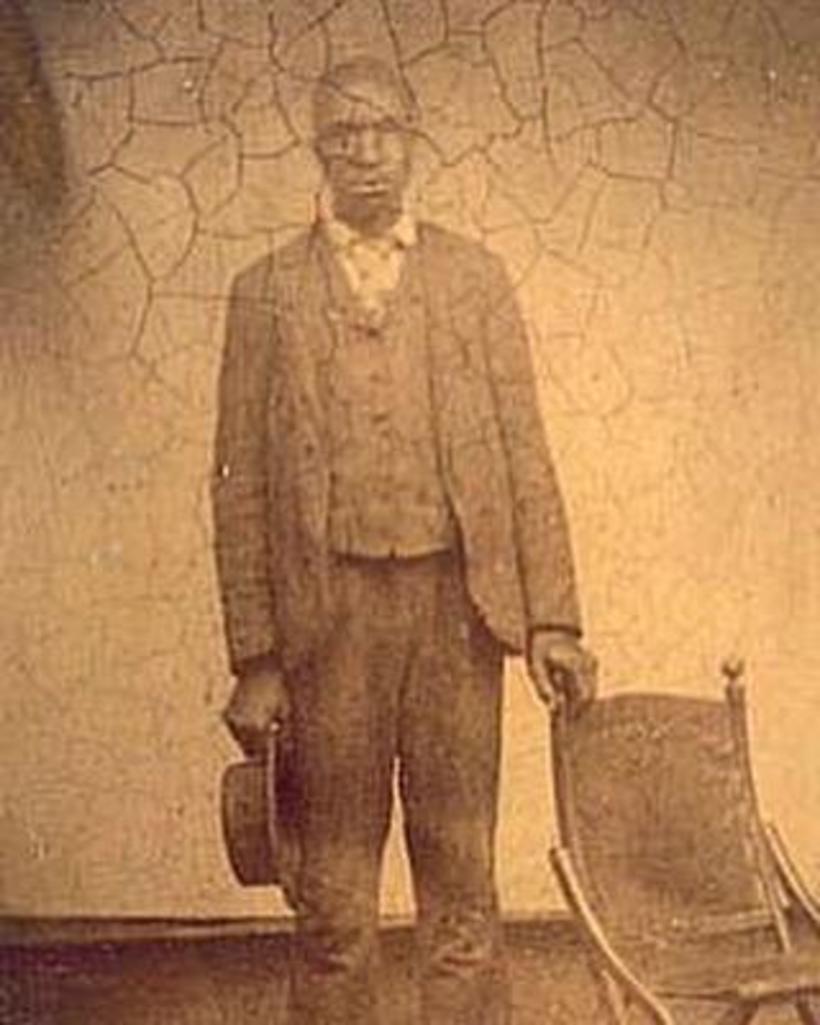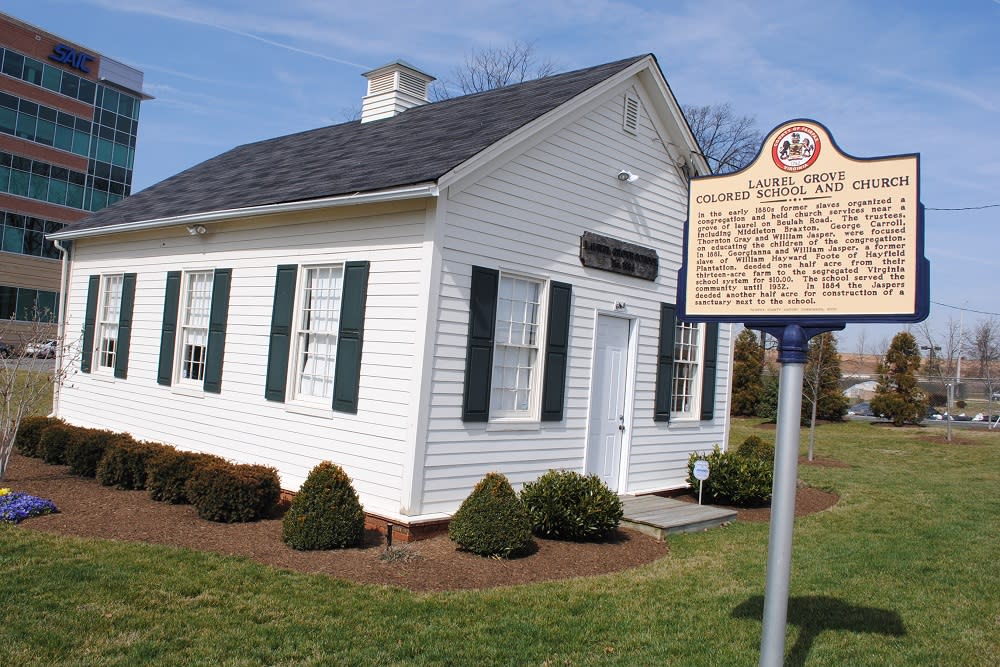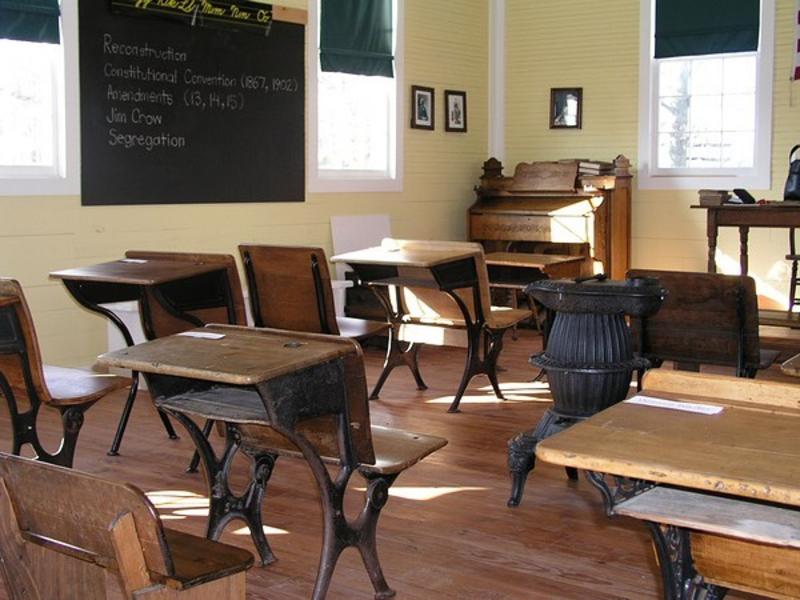Today, it is well known that Fairfax County public schools are regarded as some of the very best in the country, teaching hundreds of thousands of students from a variety of diverse cultures and backgrounds. However, there was a time in the not-so-distant past when Black Americans who wished to have their children educated literally had to create the school themselves.
Laurel Grove School is a key example of this vital and bittersweet history.
Read on to learn more in our blog series on Black History in #FXVA.
A Refusal to Narrow Ambitions

Image of William Jasper, courtesy Laurel Grove School Association
The story begins with the Jasper family. William Jasper, born enslaved on the plantation of William Hayward Foote, was granted his freedom upon Foote’s death around 1846. Desiring to stay in Virginia, Jasper and his wife chose to register as free blacks in the area so that they could travel and gain employment; they eventually purchased 13 acres of land.
By the 1880s, a congregation of other freed black farmers had formed to hold church services near a grove of laurel off Beulah Road in the Franconia area of Fairfax County – part of Jasper’s land. The trustees of this congregation were passionately focused on providing literacy and education to their children, to ensure they could have a better future. To see that goal through, in 1881, Jasper donated a half-acre of his land for the construction of a school for the area’s black children. Fellow neighbors, parents, and grandparents donated lumber and other materials, laboring together to erect an A-frame, single-room schoolhouse typical of the era.

When the Laurel Grove Schoolhouse opened to the area’s African American students, some of whom walked up to five miles each way just to attend class in a place that accepted them, it became one of only 11 “colored” schools within the county school system’s 80+ facilities. The community hired its own teachers and supplied the school’s furnishings and textbooks, with minimal support and resources from the county. And yet, even without the county resources, the refusal of this community to narrow its ambitions for the sake of their children ultimately opened a gateway for this first generation born to freedom to gain an education, literacy, and basic life skills.
Students shared books and desks, studied geography even without the availability of maps, had music lessons on the school’s donated piano, and sometimes helped teachers cook lunchtime meals with garden vegetables brought from children’s homes. The school provided education for students in grades one through seven – in its one-room building – from 1886 through 1932, when it was closed and absorbed into the segregated dual public school system.
The county school system remained segregated until 1965.
A Living Museum

Image courtesy Laurel Grove School Association
Today, the Laurel Grove School stands as a pivotal example in the struggle for equality and education that Black Americans have endured throughout the years. Lovingly restored by family descendants and local citizens using historical resources and oral histories, the schoolhouse is the last remaining African American school in the region and stands as a living museum to help inspire local children and adults in the values, methods, and history of schooling during the era of Jim Crow and to showcase a day in the life of African American students in the 1920s.
Laurel Grove School Today
The site is currently maintained by the Laurel Grove School Association and is typically open for tours on a by-appointment basis. Note: During COVID-19, tours are not available, but an incredible array of educational materials are available through the Teaching with Laurel Grove curriculum, developed in collaboration with George Mason University’s Center for History and New Media and Virginia Foundation for the Humanities. Lessons and curriculums touching on everything from the institution of slavery, the Civil War, Reconstruction, the effects of segregation and the Jim Crow laws, and more are offered.
For more interesting stories on Black History in #FXVA, click here to read about Gum Springs, the oldest African American community in Fairfax County. Explore the story of the Tinner Hill community, which became the first rural branch of the NAACP. Or learn about the unique ties that Sully Historic Site has with the Underground Railroad. You can also take an inner look at the African American experience during Civil War-era Virginia here. And stay tuned for more deep dives into lesser-known Fairfax County attractions that tell the integral history of Black Americans.





